Lab-grown gems: Dream jewelry that won’t break the bank
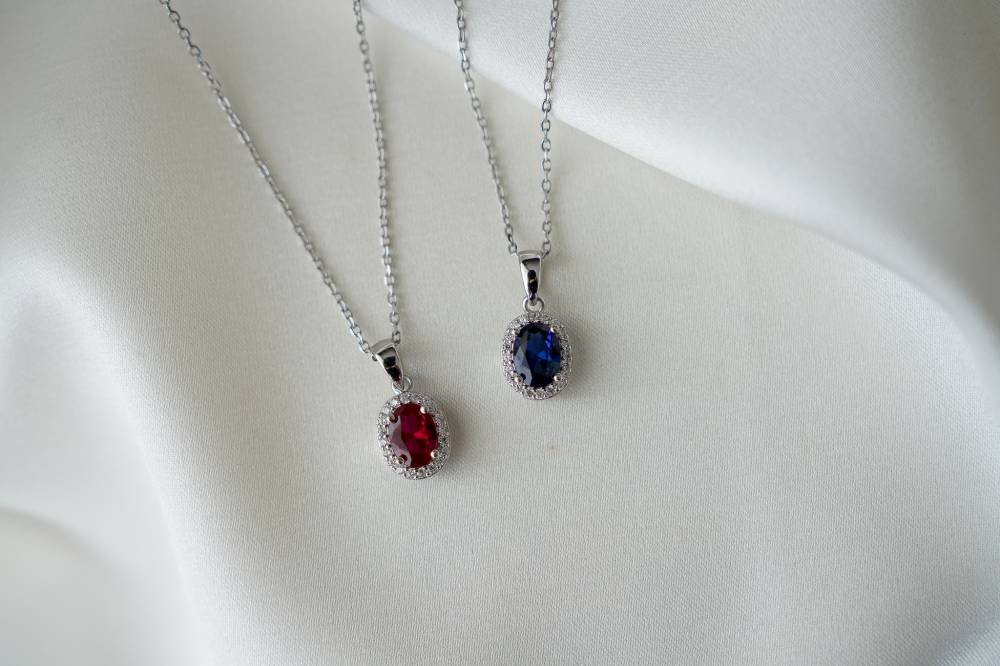
Believe it or not, Pristine Paradigm owner Katriana Batu learned about lab-grown diamonds just a little over a year ago.
It was only when the jeweler of her grandmother, whose vast jewelry collection has fascinated Batu since childhood, offered lab-grown gemstones in late 2022 that she even learned about their existence.
“It was like a turning point for me—a light-bulb moment,” Batu told Lifestyle. After attending international jewelry fairs abroad to learn more about them, she and partner Juni Rollan found a supplier that is able to offset the consumption of energy. One of the suppliers, she added, even has a sustainability certificate. This means all their lab-grown gems are made from renewable energy.
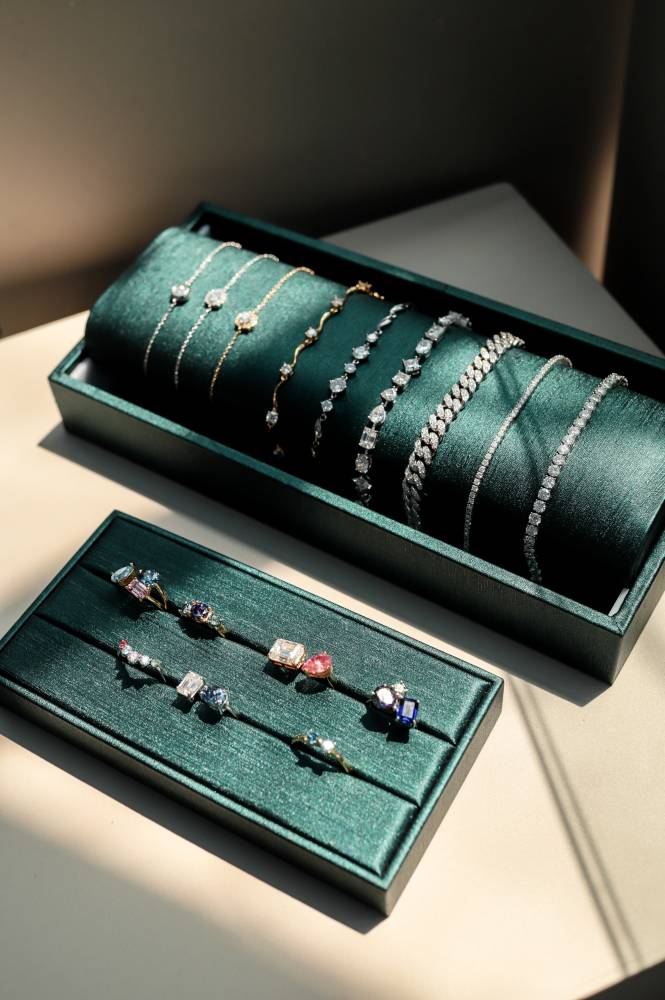
Within a few months, the couple established Pristine Paradigm, a jewelry brand that offers low-impact luxury by using ethical and attainable alternatives to natural gems like lab-grown diamonds, rubies, sapphires, emeralds and moissanite.
Batu explained that moissanite is one of the best alternatives to diamonds, scoring 9.5 on the Mohs hardness scale (second only to diamond when it comes to durability). It even exceeds diamonds when it comes to brilliance.

“I use moissanite because it’s more affordable,” she said of the silicon carbide mineral. “Moissanite looks almost identical to a diamond but it’s not a diamond. I would never say that it’s a diamond.”
She added, “If you put it next to a diamond, I would say that diamond is still different. We only have a few diamond pieces on hand because lab-grown diamonds are still a little bit expensive. But compare it to natural diamond, lab-grown diamonds are 30 percent to 50 percent cheaper.”
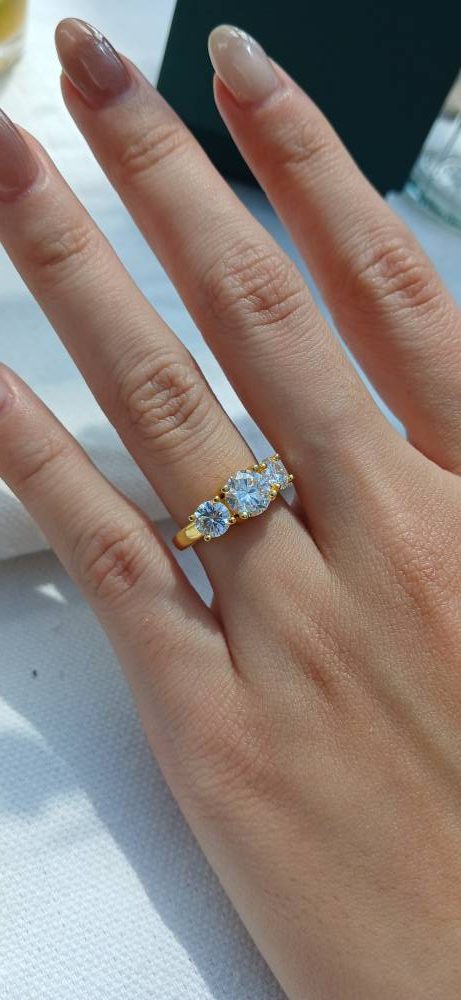
Preconceived notions
According to her, one of the reasons people favor natural diamonds is because of the preconceived rarity factor. But that’s merely a myth: “Statistics will tell you that 100 million carats of diamonds are mined each year,” she said.
“Lab-grown diamonds are as real as diamonds mined from the earth,” added Batu, explaining that experts mimic conditions for the natural formation of diamonds and other precious gems to create them in a controlled environment. “If we talk about it scientifically, they’re both made of pure carbon, they’re both real diamonds. It just so happens that one is formed under the earth; the other one is made in a lab.
“To the naked eye, there is absolutely no difference since they are physically, chemically and optically identical,” she said, adding that basic diamond testers wouldn’t even be able to differentiate between mined and man-made gems without the help of specialized geological tools.
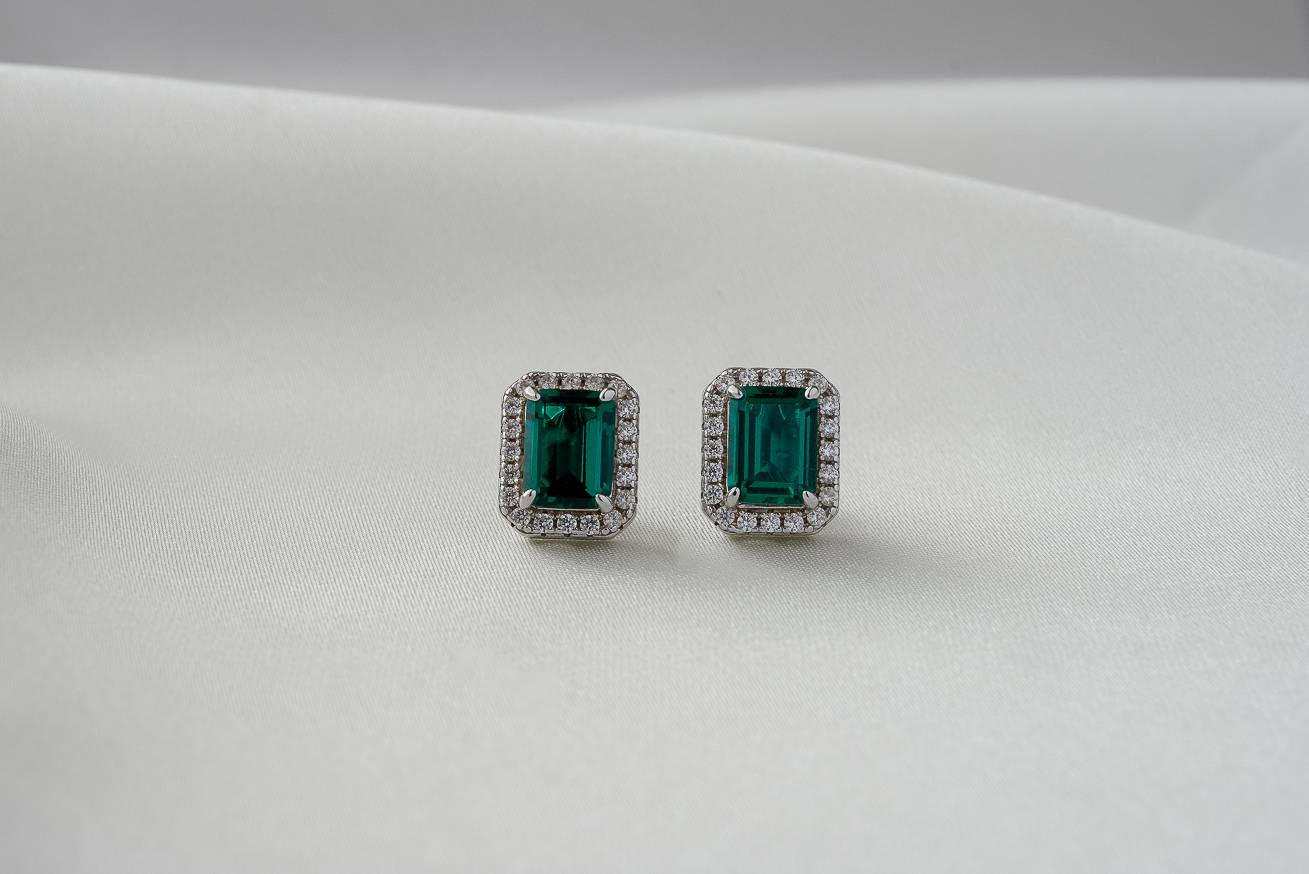
But natural gemstones typically come with a handful of ethical issues, including the detrimental effects of mining on the environment. Mining is costly not only for the amount of machinery, workforce and bureaucracy needed to execute it, but also for its environmental consequences which include destruction of ecosystems resulting from the use of heavy machinery and explosives, tunneling and release of hazardous chemicals.
“There’s so much environmental degradation, habitat destruction,” said Batu.
Sustainability
As a part-time farmer, Batu has always liked the concept of sustainability, even spearheading her family’s Davao Oriental coconut farm’s shift away from conventional methods toward more sustainable processes. Pristine Paradigm marries her twin love for jewelry and the environment.

“With the creation of lab-grown gemstones, there’s still some energy being used up. But we try to balance it out,” said the 25-year-old entrepreneur, noting the brand’s commitment to planting one tree for every ring ordered and collecting all their plastic wastes to bring to Envirotech Waste Recycling Inc. in Davao, which turns plastic into tables and chairs that are donated to public schools.
For its first anniversary, Pristine Paradigm added colored gemstones to its radiant repertoire.
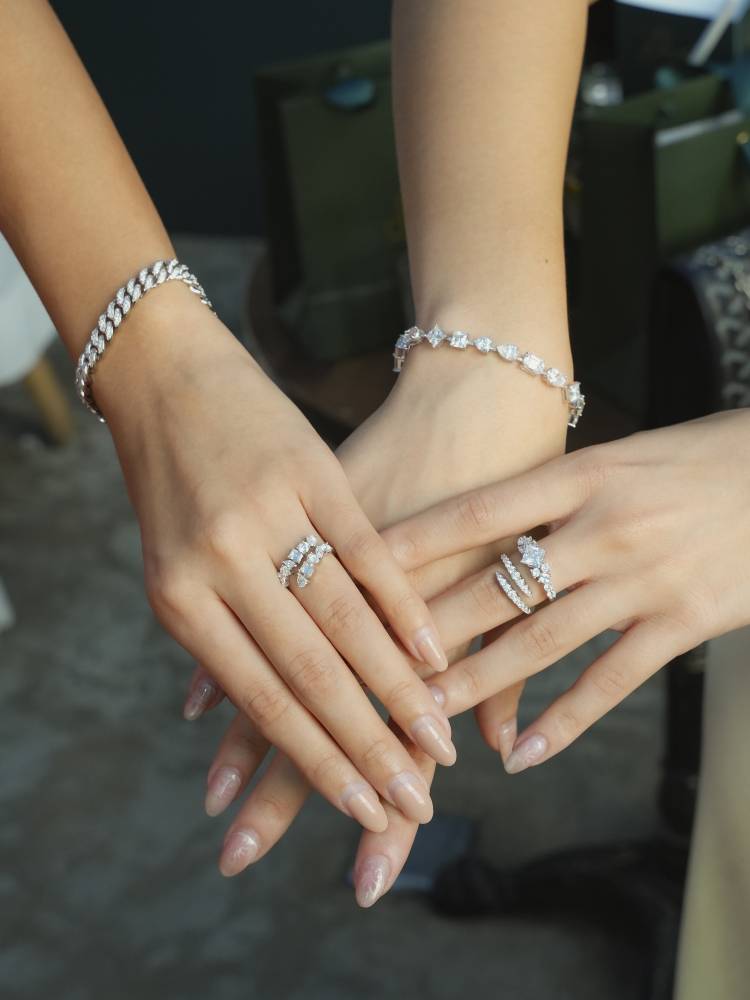
Recalling the movie “Blood Diamond” where people fight over a pink diamond, Batu explained that colored diamonds can also form naturally, but they’re very rare.
However, she explained that it has also become possible to replicate these in the lab by adding different trace elements and minerals to the diamond to enhance the color and make it yellow, pink or blue.
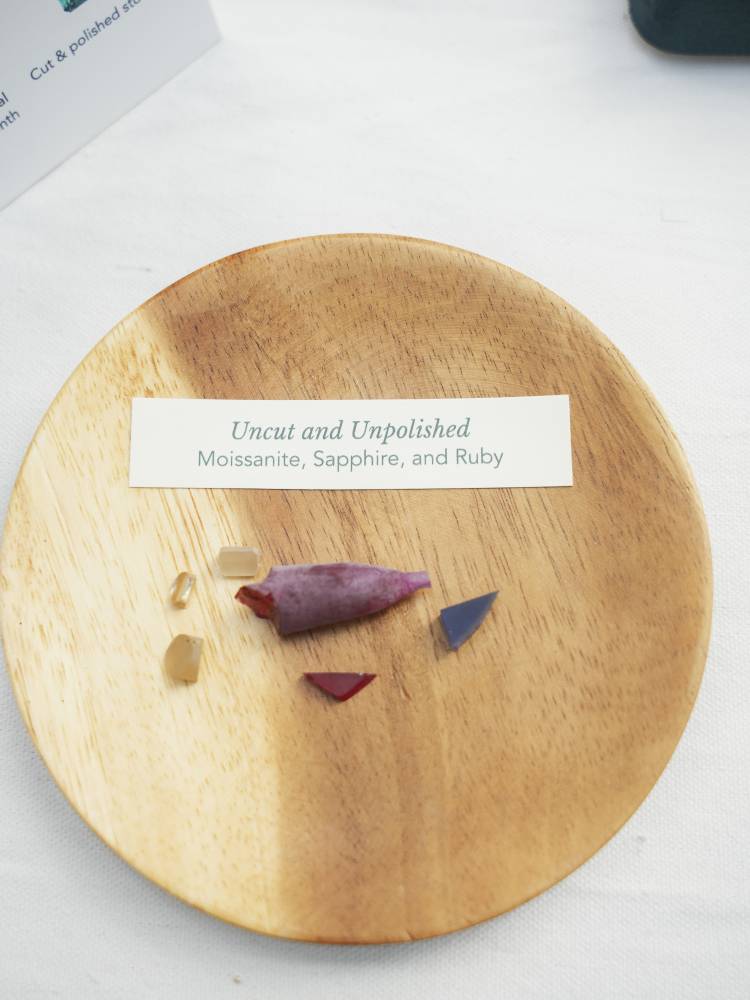
What to buy
With these innovations in jewelry making, Batu asserts that people are now able to achieve their dream jewelry without having to break the bank. While classic designs—round-cut studs or pieces that could never go wrong—are still the bestsellers, Pristine Paradigm also promotes mixing and matching of colors.
The brand further offers different types of metals to accommodate different tastes and budgets: solid gold (14k and 18k) and vermeil (in gold and platinum).
“Gold is a good investment; the price of gold goes up every year,” said the young jeweler. The difference between 14k and 18k is the amount of metal blended into the alloy to make the too-soft pure gold more durable. As a result, the latter with 75 percent gold in the mix is considered more valuable, while the former is more resistant to deterioration due to a bigger percentage of other metals combined with 58 percent gold.
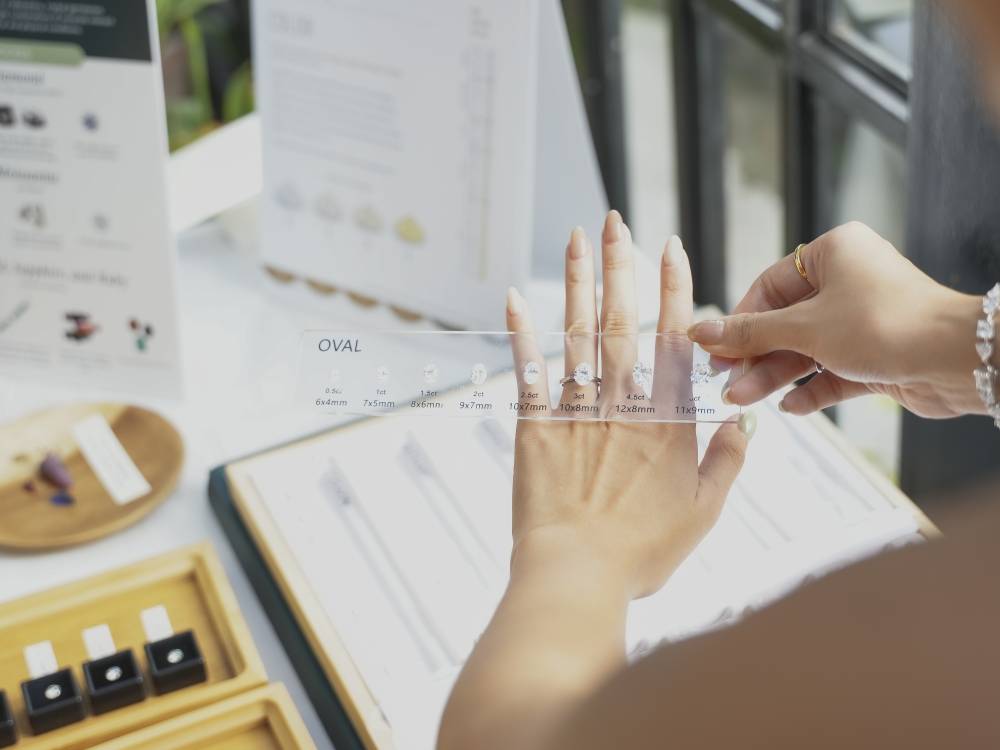
“It’s very expensive. I would still say that if you can afford to buy gold, go for gold,” Batu added.
But for those who can’t, the more economical gold vermeil offers jewelry lovers a better-quality option than a gold-plated one: Gold vermeil consists of a sterling silver base electroplated with a layer of 5-micron-thick 18k solid gold on top, which means less fading or tarnishing, compared to the 2.5-micron covering in gold-plating. There is also platinum vermeil, which is electroplated with platinum and rhodium, for those who prefer white jewelry over yellow.

















